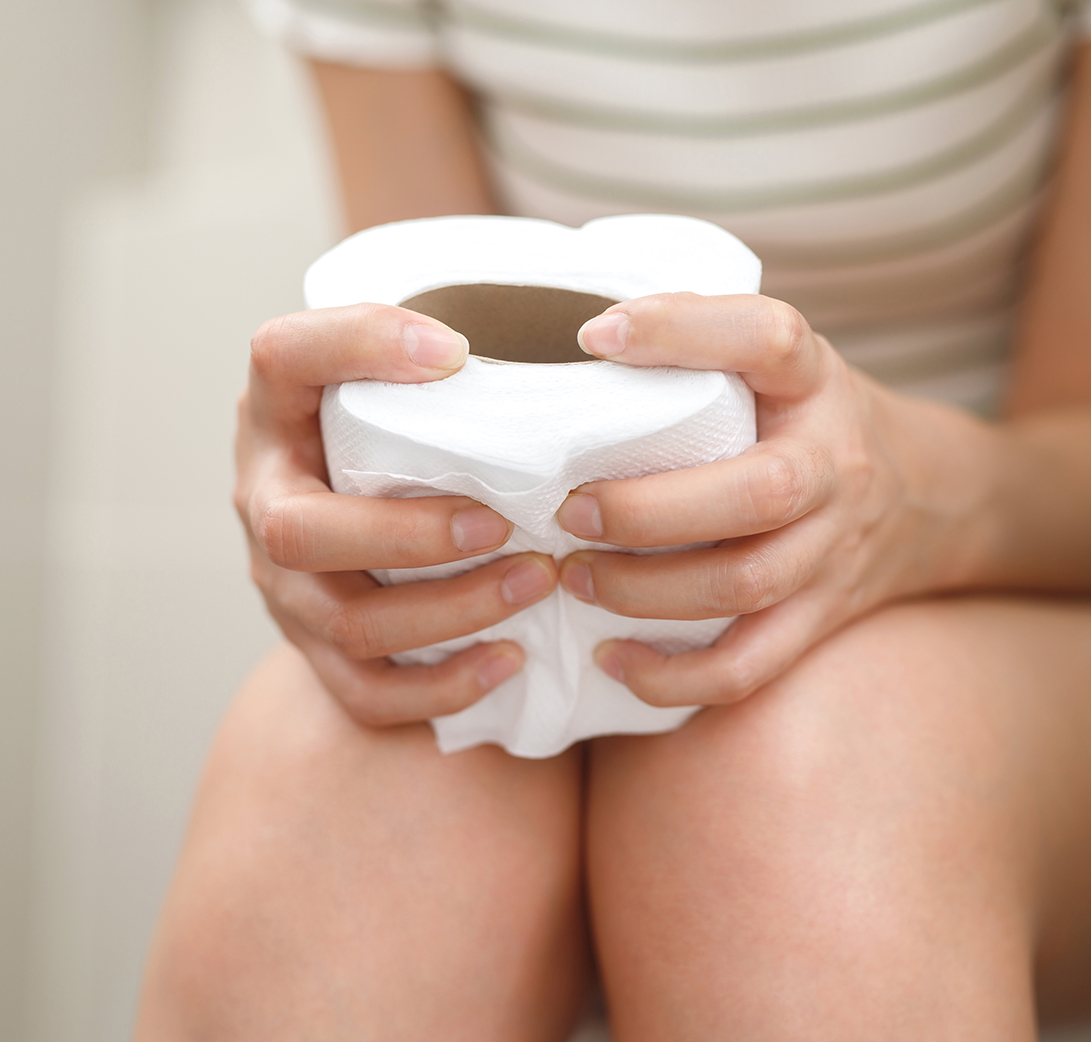Rubber Band Ligation:
This minimally invasive procedure involves placing a small rubber band around the base of an
internal haemorrhoid. The band cuts off the blood supply to the haemorrhoid, causing it to
shrivel and fall off within a week. It is usually performed in cases of grade 1 or 2
haemorrhoids. The process is quick, usually taking only a few minutes, and requires no
anaesthesia. Patients may experience mild discomfort or a sense of fullness after the
procedure.
Sclerotherapy:
In sclerotherapy, a chemical solution is injected directly into the haemorrhoid.
This solution causes the haemorrhoid to shrink and eventually disappear. It is most
effective for small internal haemorrhoids (grades 1 and 2). The procedure is
relatively painless, and patients can return to normal activities shortly after.
Sclerotherapy is also a suitable option for individuals who cannot undergo more
invasive treatments due to medical reasons.
Infrared Coagulation (IRC):
Infrared coagulation uses a beam of infrared light to generate heat, which
coagulates the blood vessels supplying the haemorrhoid. This leads to tissue
scarring and the eventual shrinking of the haemorrhoid. IRC is commonly used for
small to medium-sized internal haemorrhoids. The procedure is quick, minimally
invasive, and associated with minimal downtime. Patients may experience mild
discomfort but can typically resume daily activities immediately.
Haemorrhoidectomy:
Haemorrhoidectomy is a surgical procedure to remove large or prolapsed haemorrhoids.
It is often recommended for severe cases (grades 3 and 4) or when other treatments of haemorrhoids
fail. During the procedure, the haemorrhoids are excised using a scalpel, scissors,
or laser, and the wound is either left open or stitched closed, depending on the
piles surgeon preference. While highly effective, haemorrhoidectomy involves a longer
recovery period and can be associated with postoperative pain. It is performed under
general or spinal anaesthesia.
Stapled Haemorrhoidopexy:
This procedure involves using a circular stapling device to reposition and secure
prolapsed haemorrhoids back into the rectum. The stapler also cuts off the blood
supply to the haemorrhoids, causing them to shrink. Stapled haemorrhoidopexy is less
painful than traditional haemorrhoidectomy and has a shorter recovery time. It is
primarily used for internal haemorrhoids that have prolapsed. The procedure is
performed under regional or general anaesthesia and requires a hospital stay of one
or two days.
Laser Surgery for Haemorrhoids:
Laser surgery is a modern technique that uses focused laser energy to remove or
shrink haemorrhoids. The precision of the laser minimizes damage to surrounding
tissues, resulting in reduced pain and faster healing. Laser surgery is suitable for
both internal and external haemorrhoids and is often chosen for its minimally
invasive nature and shorter recovery time.
Recovering From Piles Surgery
Recovery after haemorrhoid surgery depends on the type of procedure performed. Here are general guidelines to aid recovery:
- Pain Management: Pain is common after surgery and can be managed with prescribed pain relievers or sitz baths.
- Wound Care: Keeping the surgical area clean and dry is essential to prevent infection. Follow your doctor’s instructions on wound care.
- Dietary Adjustments: Continue a high-fibre diet and stay hydrated to prevent constipation and straining.
- Physical Activity: Rest is crucial initially, but light activities can help improve circulation and promote healing. Avoid heavy lifting and strenuous exercise until advised by your piles doctor.
- Follow-Up Appointments: Attend scheduled follow-ups to monitor healing and address any complications.
- Potential Complications: While rare, complications such as bleeding, infection, or recurrence of haemorrhoids can occur. Notify your doctor if you experience severe pain, fever, or persistent bleeding.





